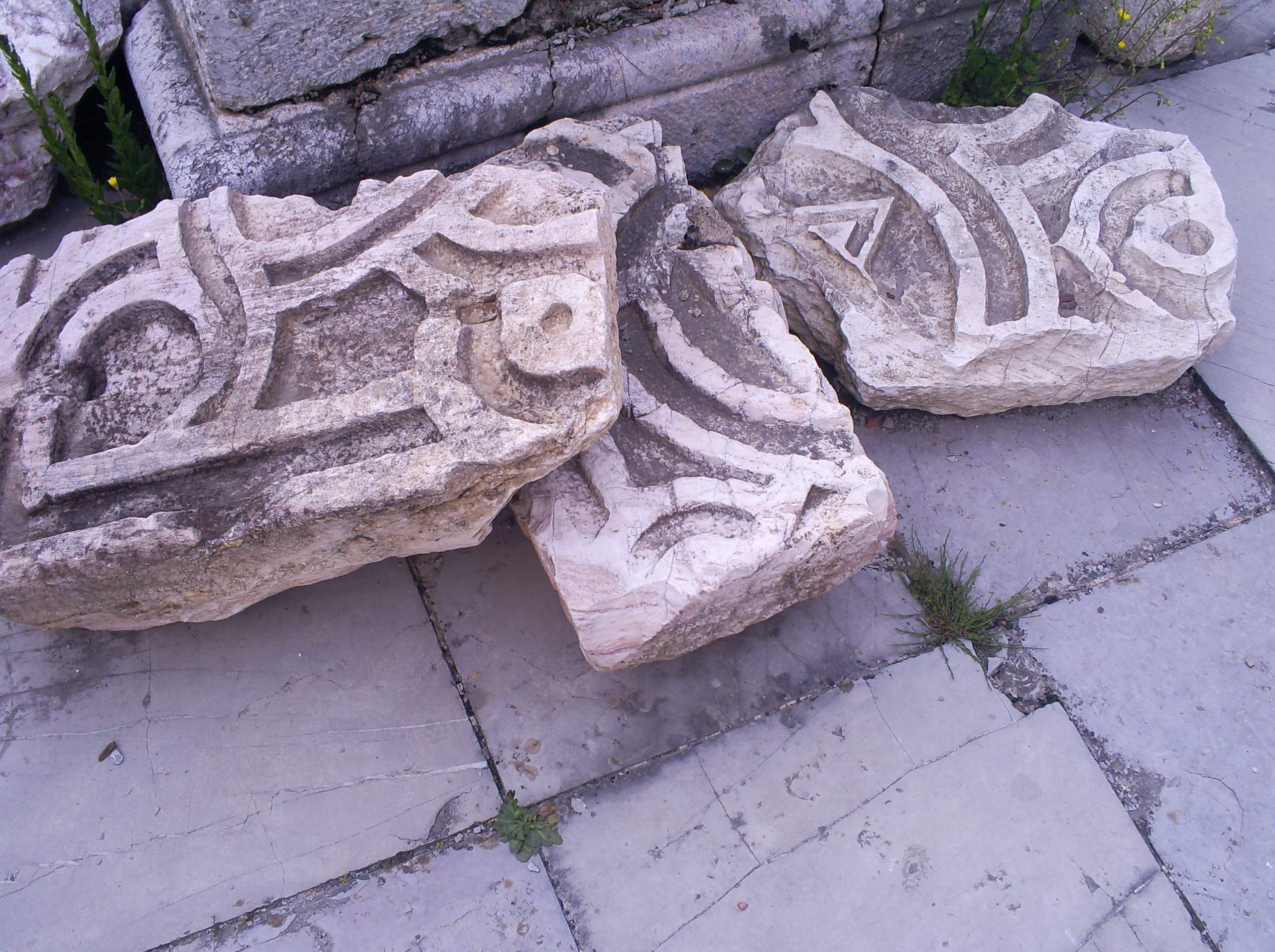|
Medieval Serbian Charters
Medieval Serbian charters includes mainly royal chrysobulls (''hrisovulje''), legal codes for state and church, and charters (''povelje'') determining the legal status of endowments and regulation of the population, their rights and obligations of the monastic estates. As of 1989, there were 165 preserved monastery charters, a few royal chrysobulls, and one city charter. See also *Serbian manuscripts *Serbian chronicles *Medieval Serbian law *Medieval Serbian literature Medieval Serbian literature or Old Serbian literature ( sr, Стара српска књижевност) refers to the literature written in medieval forms of Serbian language, up to the end of the 15th century, with its traditions extending in ... References Sources * * * * * * * * Further reading * * * * * * * * * * * * * * * * * * * * * * * * {{refend * ... [...More Info...] [...Related Items...] OR: [Wikipedia] [Google] [Baidu] |
Chrysobulls
A golden bull or chrysobull was a decree issued by Byzantine Emperors and later by monarchs in Europe during the Middle Ages and Renaissance, most notably by the Holy Roman Emperors. The term was originally coined for the golden seal (a '' bulla aurea''), attached to the decree, but came to be applied to the entire decree. Such decrees were known as golden bulls in western Europe and ''chrysobullos logos'', or chrysobulls, in the Byzantine Empire (χρυσός, ''chrysos'', being Greek for gold). For nearly eight hundred years, they were issued unilaterally, without obligations on the part of the other party or parties. However, this eventually proved disadvantageous as the Byzantines sought to restrain the efforts of foreign powers to undermine the empire. During the 12th century, the Byzantines began to insert into golden bulls sworn statements of the obligations of their negotiating partners. Notable golden bulls included: * The Golden Bull of 1082, issued by Alexios I Ko ... [...More Info...] [...Related Items...] OR: [Wikipedia] [Google] [Baidu] |
Dečani Chrysobulls
The Dečani chrysobulls ( sr, Дечанске хрисовуље/Dečanske hrisovulje) alternatively known as the Dečani charters (Дечанске повеље/Dečanske povelje) are chrysobulls dating to 1321-1331 which contains a detailed list of landholdings and tax farming rights which the monastery of Visoki Dečani held over settlements and communities in an area which spanned from southern Serbia, Kosovo, Montenegro and parts of northern Albania. The chrysobulls were signed by King Stefan Uroš III Dečanski of Serbia who confirmed existing rights and gave new ones to the monastery. King Stefan Dečanski (r. 1321–1331) mentioned that the court dignitaries present at the Dečani assembly were the ''kaznac'', ''tepčija'', ''vojvoda'', ''sluga'' and ''stavilac''. The chrysobulls did not list every settlement in the domain of Serbian kings, but only those whose taxes were directly used for the benefit of the monastery. The chrysobulls listed that Visoki Dečani held such ... [...More Info...] [...Related Items...] OR: [Wikipedia] [Google] [Baidu] |
Prilep Chrysobull
Prilep ( mk, Прилеп ) is the fourth-largest city in North Macedonia. It has a population of 66,246 and is known as "the city under Marko's Towers" because of its proximity to the towers of Prince Marko. Name The name of Prilep appeared first as ''Πρίλαπος''. The old fortress was attached to the rocky hilltop, and its name means “stuck” ''on the rocks'' in Old Church Slavonic. It was mentioned by John Skylitzes in relation with Samuel of Bulgaria, who died here in 1014. In other languages is: * bg, Прилеп, ''Prilep'' * rup, Pãrleap * Serbo-Croatian: ''Prilep'' / Прилеп * tr, Pirlepe, or ''Perlepe'' * al, Përlep or ''Përlepi'', or ''Prilep'' or ''Prilepi'' * Greek: ''Prilapos'', Πρίλαπος * Latin: ''Prilapum'' Economy Prilep is a centre for high-quality tobacco and cigarettes, as well as metal processing, electronics, timber, textiles, and food industries. The city also produces a large quantity of Macedonian Bianco Sivec (pure whit ... [...More Info...] [...Related Items...] OR: [Wikipedia] [Google] [Baidu] |
Monastery Of The Holy Archangels
The Monastery of the Holy Archangels ( sr, Манастир Светих Архангела, Manastir Svetih Arhangela; al, Manastiri i Arkangjelit të Shenjtë) is a Serbian Orthodox monastery located in Prizren, Kosovo. The monastery was founded by the Serbian Emperor Stefan Dušan (reigned 1331–1355) between 1343 and 1352 on the site of an earlier church, part of the Višegrad fortress complex. It was the burial church for Emperor Dušan, and represented the culmination of the Serbian ecclesiastical architectural style, that led to the birth of the Morava school style. The complex, which ranges over 6,500 m², includes two churches, the main one is dedicated to the Holy Archangels (where Dušan's tomb lied), and the second one is dedicated to St. Nicholas, both built in the Rascian architectural style. The monastery was looted and destroyed after the Ottomans arrived in 1455, and in 1615 it was razed to the ground and its material was used for the construction of the S ... [...More Info...] [...Related Items...] OR: [Wikipedia] [Google] [Baidu] |
Holy Archangels' Chrysobull
The Monastery of the Holy Archangels ( sr, Манастир Светих Архангела, Manastir Svetih Arhangela; al, Manastiri i Arkangjelit të Shenjtë) is a Serbian Orthodox monastery located in Prizren, Kosovo. The monastery was founded by the Serbian Emperor Stefan Dušan (reigned 1331–1355) between 1343 and 1352 on the site of an earlier church, part of the Višegrad fortress complex. It was the burial church for Emperor Dušan, and represented the culmination of the Serbian ecclesiastical architectural style, that led to the birth of the Morava school style. The complex, which ranges over 6,500 m², includes two churches, the main one is dedicated to the Holy Archangels (where Dušan's tomb lied), and the second one is dedicated to St. Nicholas, both built in the Rascian architectural style. The monastery was looted and destroyed after the Ottomans arrived in 1455, and in 1615 it was razed to the ground and its material was used for the construction of the S ... [...More Info...] [...Related Items...] OR: [Wikipedia] [Google] [Baidu] |

